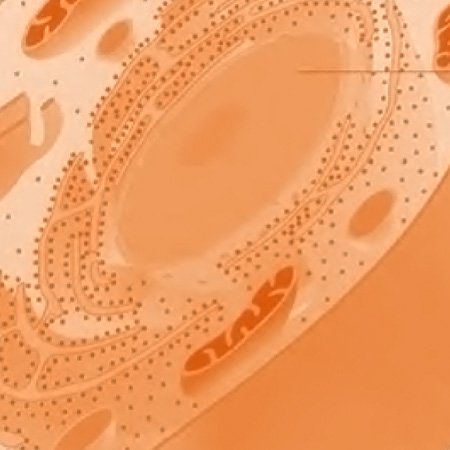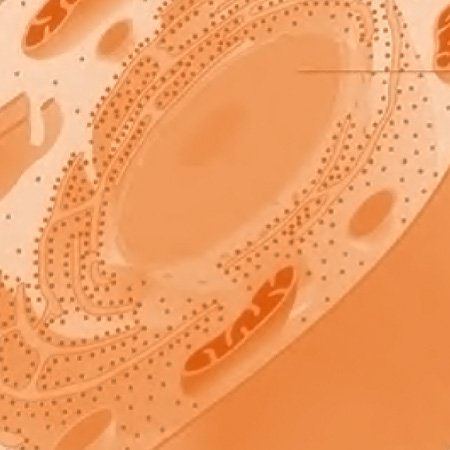Decision Making and Quality Control in Early Moments of a Protein's Life
Professor of Chemistry Shu-ou Shan studies the gears and springs in the molecular machinery of life. She'll be giving us a guided tour of the cellular assembly line at 8 p.m. on Wednesday, May 22, 2013 in Caltech's Beckman Auditorium. Admission is free.
Q: What do you do?
A: I'm a biochemist-slash-biophysicist. I want to understand how our cells' molecular machinery works. These machines are large assemblies of proteins and other molecules that fit together in very specific ways and whose parts move in close coordination to perform the functions of life. I'm particularly interested in understanding how these machines make accurate decisions in the crowded, complex environment inside the cell. These decisions ultimately control what the cell does—will it function correctly, will it turn into a cancer cell, or will it die prematurely?
I'm looking specifically at the decisions that have to be made by various cellular machines every time a new protein molecule is synthesized. For example, there are chaperone machines that help the new protein fold into the right structure. There are protein localizer machines that take the new protein to the right part of the cell—to an organelle, to the cell membrane, or even across the cell membrane, if the protein is a hormone or some other substance the cell intends to secrete. And there are all kinds of enzymes that put chemical tags on the new protein for all sorts of reasons.
We study how these machines work by using a lot of methods developed by chemists and physicists. For example, we can make a protein in a test tube and attach fluorescent dyes to various parts of it. The light from the fluorescence tells us how the protein is interacting with other proteins and how the protein's molecular structure is changing during those interactions. This lets us identify the important interactions that enable the protein to function properly. We do this over and over, putting the dyes in different places and using the data to build a model of how we think the protein works. Then we wipe away the crucial interactions by modifying the protein and see if that disrupts the protein's function in the cell in the ways we predicted.
Q: How did you get started on this line of work?
A: I've always believed that when true understanding comes, complexity reduces to simplicity. So the question for me when I was going through middle school and high school was, "What can I do to contribute to that enterprise?"
Then, in high school, I had a revelation. My biology class was studying Mendelian genetics, which are patterns of heredity that you can explain by recombining genes in different ways. Meanwhile, my organic chemistry class was learning about proteins and nucleic acids, and how a few simple principles of base pairing in a molecule of DNA led to a model for how our genetic information is replicated. And I made the connection that all the phenomena of heredity came down to chemical structures I could draw on a piece of paper. They happened because of changing chemical structures, which happened because chemical bonds were made or broken, which happened because the laws of physics drove them. That was an exciting moment.
I majored in chemistry and biochemistry at the University of Maryland, where I also took all the advanced math and physics classes available. They were not required, but I found them very interesting. I went to Stanford for my PhD, where I joined a lab that was trying to find the fundamental principles that explain how enzymes work. It was fantastic training, because we had to think very rigorously in terms of physics and chemistry while still trying to understand the connection to biological function. And at the end, I realized that I still wanted to do biology, so I went on to be a postdoc at a cell biology lab at UC San Francisco. That's where I started working on how proteins make decisions.
Q: What gets you really excited about it?
A: Being able to explain very complex and amazing phenomena in the cell at the level of chemical principles. We make a measurement of a molecular action in a test tube and put together a mathematical model that predicts how a certain protein is going to be treated by the cell. Then we go back and test those predictions, see if they match up—not just the trend of the line, but the actual numbers. Those are the divine moments when we really understand something.
My interest in science started with physics and chemistry. Like most physicists, I'm amazed by the beauty and elegance with which the laws of physics explain, and even predict, the phenomena we see around us. I still hold the optimistic belief that ultimately we will explain the complex phenomena of life in terms of simple principles. I guess if science is likened to a craft, I am really a watchmaker. I have to take it down to the very last detail and see how it's all pieced together.
Named for the late Caltech professor Earnest C. Watson, who founded the series in 1922, the Watson Lectures present Caltech and JPL researchers describing their work to the public. Many past Watson Lectures are available online at Caltech's iTunes U site.


